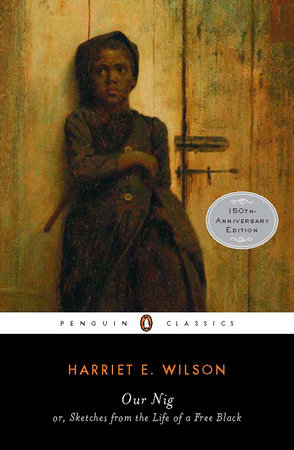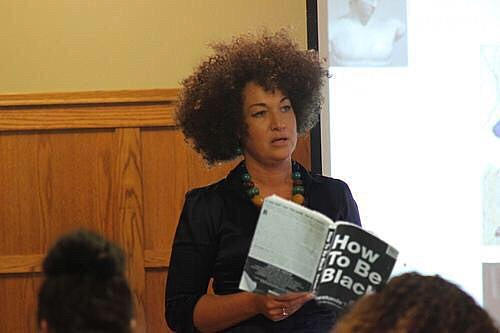Layers of Meaning in Mr. Obama’s Kenya TripPosted in Africa, Articles, Barack Obama, Media Archive, Politics/Public Policy, United States on 2015-07-25 01:44Z by Steven |
Layers of Meaning in Mr. Obama’s Kenya Trip
The New York Times
2015-07-23

Nairobi, Kenya (Credit: Ben Curtis/Associated Press)
There often comes a time in the lives of Americans when they feel drawn to explore their roots, a quest that might take them on a pilgrimage to the “old country,” whether County Limerick, or Guangzhou, or a West African country from which their ancestors were abducted as slaves.
Roots are an integral part of one’s identity, especially in a time of mass migrations. So it is no surprise that Barack Obama’s first visit to Kenya as president should be enormously poignant, complex and absorbing. This is no typical presidential visit — and this is no typical descendant of immigrants.
The mix of narratives behind Mr. Obama’s trip is extraordinary. It is the ultimate American dream: the step-grandson of an illiterate African rising to the most powerful office on earth. There is Mr. Obama’s own story so movingly told in his first book, “Dreams From My Father,” about a youth raised by a white mother in Hawaii trying to build an identity out of his complex background, and the central role played in this search by the Kenyan father he meets only once…
Read the entire article here.


